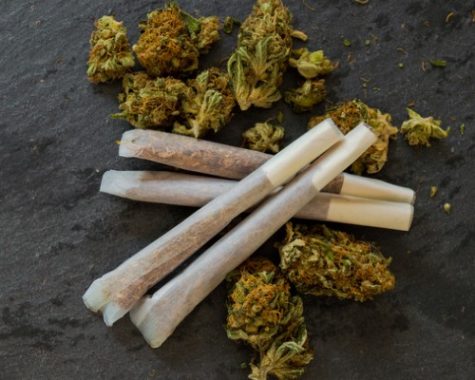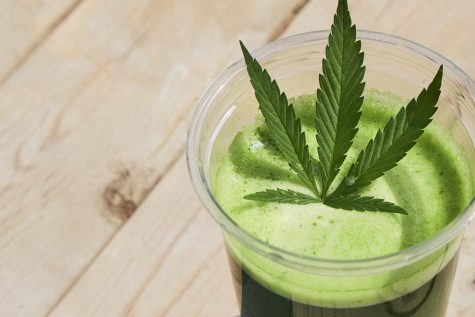This lab has a mission to grow cannabis plants on the moon
The clock is ticking for a group of researchers specializing in agricultural technologies and controlled environment at the University of Guelph. Located close to Toronto, the university’s lab team are rushing to master the art of cultivating high-quality cannabis on the moon.
It sounds pretty out there, weed on the moon, but it’s really going to happen. The cannabis plants must be ready for NASA and the European Space Agency’s scheduled probes, which are set to be released by the end of 2018.
Without the help of the university’s skilled Controlled Environment Systems Research Facility, as well as Space and Advanced Life Support Agriculture program, Canada wouldn’t be able to contribute to such developments and research for activities conducted in space and closed environments.
Contained in the Canadian Space Agency’s Long-Term Space Plan and NASA’s Advanced Life Support program, the team’s research into vertical cultivation methods, advanced plant-based life support and whole plant research is being carried out in conjunction with a long-term contract that has been etched with the European Space Agency.
This particular contact involves developing a regenerative life support system for long-term manned missions. It will be used as part of its Micro-Ecological Life Support System Alternative mission.
Made up of 24 sealed environment chambers and homogenizers, the facility for cannabis in space is uniquely designed with 14 variable pressure plant growth hyperbaric chambers. Thanks to this special feature, the chambers can sustain a vacuum that is similar to what would be experienced in space.
Space agriculture study will merge environmental analysis, sensor technology, and plant physiology
This hybrid study will merge controlled environment technologies with various facets of whole plant research, including environmental analysis, sensor technology, and plant physiology.
Studying these aspects will enable the team to effectively monitor the rate at which cannabis plants grow in an environment that closely mimics space. In addition to analyzing plant growth, the hybrid study for cannabis in space will measure, volatile organic compound evolution, and nutrient remediation and gas exchange. Using their results, the university’s team can learn how to recreate a mini-ecosystem inside which certain foods can be produced for astronauts journeying to Mars.
Successfully producing high-value allium species without soil was an outcome of their applied research. Examples of the produced edible goods include onion, leeks, garlic, and chives. With the results, the team can push forward in choosing a native allium species suitable for a manned space program.
How is it possible to grow cannabis in space?
The intricate process of producing cannabis in space involves illuminating the plants with LED lighting. Various vegetables, such as lettuce, are capable of changing color under certain light conditions. In many instances, this alters the taste, too. How? Because the plants are impacted by different wavelengths, energy density, and spectrum.
According to Dixon, these mini space farms will provide astronauts with an opportunity to choose from a broader selection of foods during their trip to Mars.
To further amplify the Toronto laboratory’s success with cannabis for space, it has secured an ongoing collaboration with one of Canada’s first companies to procure a cannabis production license under the Marijuana for Medical Purposes Regulations.
Using sensors, the research team can closely track plant responses when different management strategies are adopted. The desired outcome is to perfect high-quality organic cannabis cultivation that is free from pesticides. Consistency is an integral element of the approach, which will fine-tune the growing process to maintain a superior level of quality.
“We have pursued a unique approach to controlled environment production of cannabis designed to standardize the production and quality of medical compounds,” Dixon concluded.










